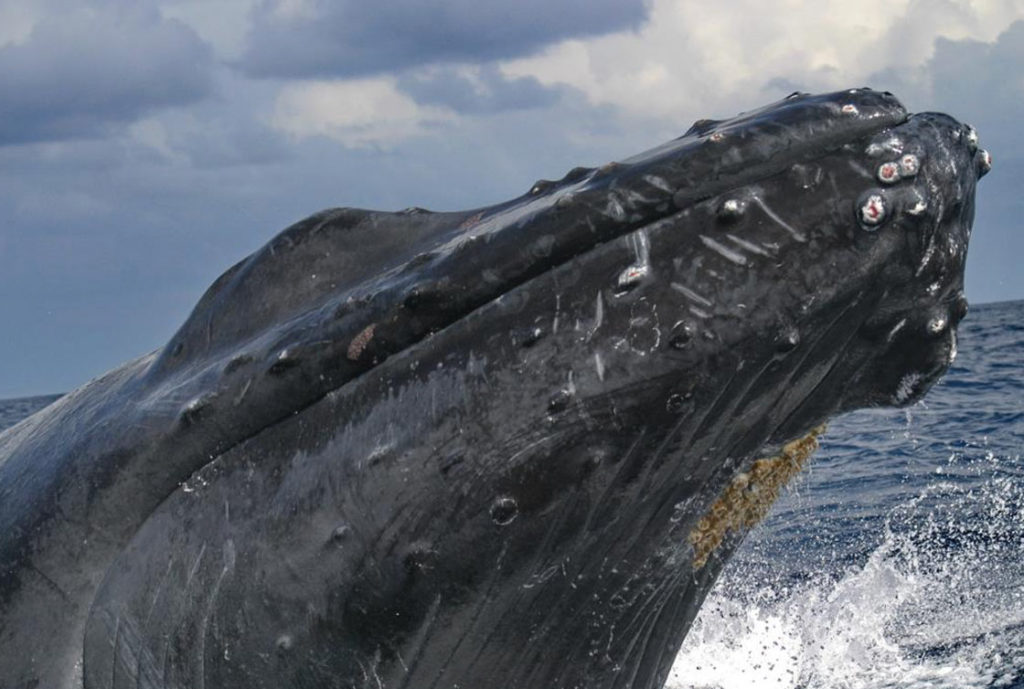A MMIA and MMMPs are undertaken by is a written and finalised document listing appropriate mitigation measures during offshore activities that are likely to produce underwater noise and vibration levels capable of potentially causing injury or disturbance to marine mammals.
Currently, the MMO & PAM Handbook (Todd et al., 2015) is the most up-to-date and comprehensive reference in the world on marine mammal distributions (pp. 6–16), hearing (pp. 24–28) and vocalisations (pp. 169–189) in relation to anthropogenic sound sources (pp. 46–61). Its ‘look-up’ tables in conjunction with planning tools on the OSC website, are an invaluable resource for OSC staff when compiling MMMPs.

OSC’s MMMPs are always tailor made to suit regulatory requirements anywhere in the world. Marine Mammal Mitigation Plans should be agreed upon, and submitted to the appropriate regulator, at least four months prior to commencement of works.
Marine Mammal Mitigation Plans are always region specific, but at minimum should comprise:
OSC management follows ISO 9001:2015, ISO 14001:2015, and OHSAS 18001:2007.
All documents and reports go through a Quality Control (QC) procedure prior to client submission. Typically, field personnel collect and enter data, a preliminary report is written by a Marine Mammal Scientist/Supervisor, with the help of a consultant for data analysis. A finalised report is then submitted to an OSC Director/Project Manager for QC.
OSC has written Marine Mammal Mitigation Plans for a number of clients across varied offshore sectors around the world, including oil and gas and wind farm projects. OSC is able to draw on its unique depth of knowledge and experience gained from working offshore in both research and monitoring/regulatory capacities, and is aware of the realities of working in offshore conditions. OSC-NZ has advised the Department of Conservation (DOC) on guidelines for Passive Acoustic Monitoring (PAM) of marine mammals for their seismic survey Code of Conduct.
For more information about Marine Mammal Mitigation Plans and New Zealand, please click here.